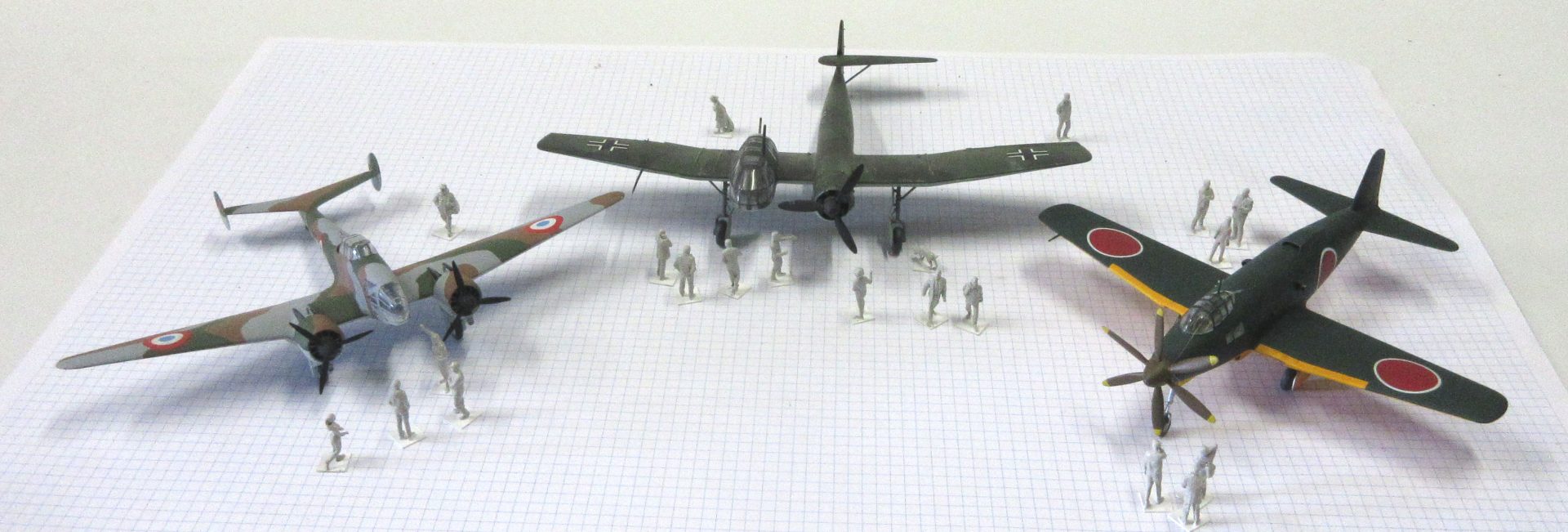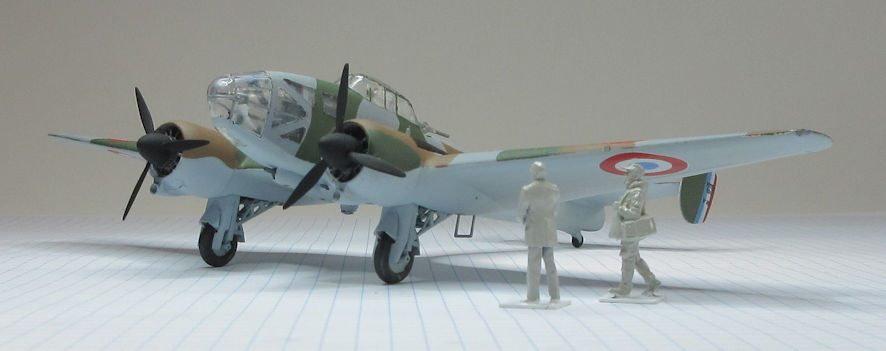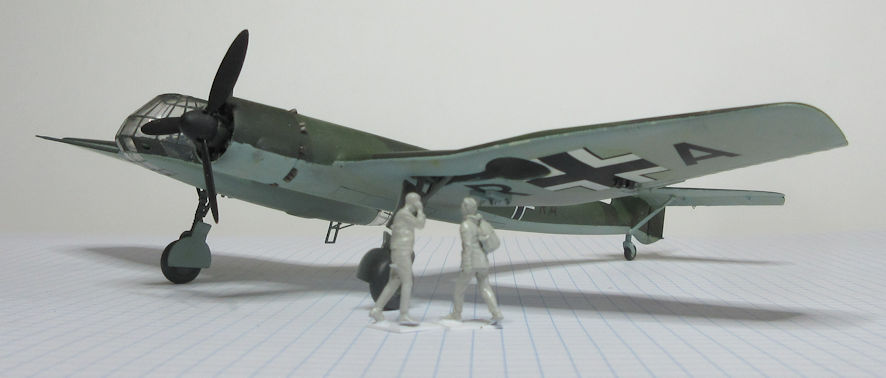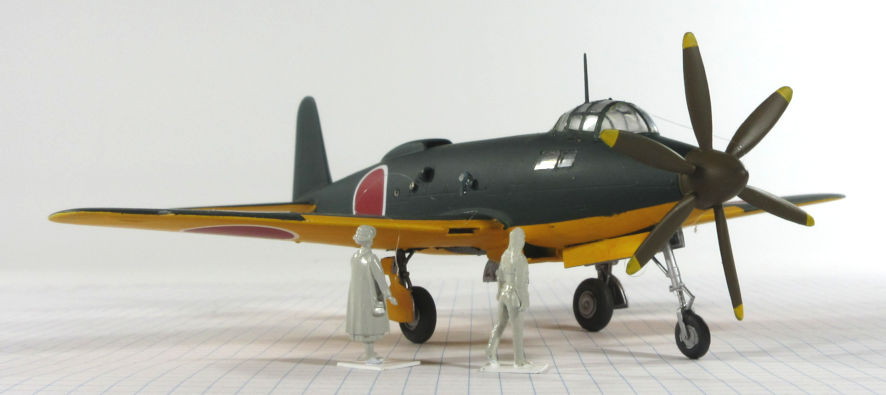Reconnaissance Aircraft of World War II
Potez 63.11 – Blohm und Voss Bv141 – Yokosuka R2Y1

One of the most important things the military needs to know in time of war is where the enemy is, what it’s doing and what it’s strengths and weaknesses are. Helping to supply that information falls to one of the least glamorous roles in military aviation, aerial reconnaissance. Thinking about that, let’s take a stroll into the Gallery of Sundry Military Roles and look at three little known reconnaissance aircraft of World War II.
Potez 63.11 in 1/72 by Heller
This aircraft was one of the reconnaissance versions of the Potez 63 series which included fighters, night fighters, trainers and bombers, all based on the same general airframe. The Potez 63.11 was the most modified of all versions with a new forward fuselage that had the observer placed right in the nose and then the pilot located higher above and behind him. Seven hundred and thirty had been delivered before the beginning of the Battle of France but its layout made it very vulnerable to enemy fighters when the fighting started. However, both the Allies and Axis air forces used them in a variety of roles during the war, and for a short time afterwards.
This model was made from the old Heller kit which dates from the late 1960s. (Scalemates is a little confused about this and includes the 63.11 with a fighter version, the Potez 631, in the same timeline.) Heller republished this kit again in 2018 but, as far as I can tell, it is still basically the same as it was in the 1960s. From the outside it is a fair representation of what a 63.11 looked like but there is virtually nothing inside, and there is an awful lot of glass through which you can see that nothing. A better and more rewarding option would be the Azur kit which was first published as the Potez 630 in 2003 and has since been published as the 631 and 633, as well as the 63.11. I wrote a not entirely positive Workbench Note about building this model. There might be a more positive one when I get around to making the Azur kit.
Blohm und Voss Bv141B in 1/72 by Airfix
In 1937 the German Air Ministry issued a requirement for a single engined reconnaissance aircraft with optimal visual characteristics. Although Blohm und Voss was not invited to participate in the project the company developed an aircraft to match the requirements, using the unusual asymmetrical design. Although the design was successful the Luftwaffe settled on the Focke Wulf Fw189 instead and only about twenty eight of this aircraft were made.
There is only one kit available of the Bv141. It was first published by Airfix in 1971 and several times again with the most recent release in a new red box in 2010. Inside the new box is the old kit and if you don’t like scratch building interiors you’d best avoid this because there is even more glass than there is in the Potez 63.11 and just as little to see. Fortunately for this model I had an advanced case of Advanced Modellers Syndrome when I made it, but I wouldn’t recommend trying it without getting some mental health advice first.
Yokosuka R2Y1 in 1/72 by Fine Molds
Unlike the Potez 63.11 and Bv141 which were designed to conduct tactical reconnaissance over the battlefields of Europe, the R2Y1 was designed for the Imperial Japanese Navy to conduct strategic reconnaissance over its battlefield, the vast Pacific Ocean. To do that the Navy required a fast and long range aircraft. To achieve this Yokosuka developed an aircraft with two engines mounted in the fuselage driving one huge propeller. However heating problems with this layout meant the prototype did not make its first flight until May 1945, and that had to be cut short due to overheating.
There was once an early CMR resin kit of this aircraft, and also an Eagles Talon vacform kit. If, however, you want something relatively easy to build your only option is the Fine Molds kit that was first published in 1995 and been released a couple of times since. I did not find this kit as easy to assemble as some of the more popular Fine Molds kits but making a fairly decent model out of this kit is not too difficult. I thought it was worth the effort to be able to add this interesting looking model to the collection. There is a good and affirmative review of this kit on the Modelling Madness website that also gives some construction tips.



